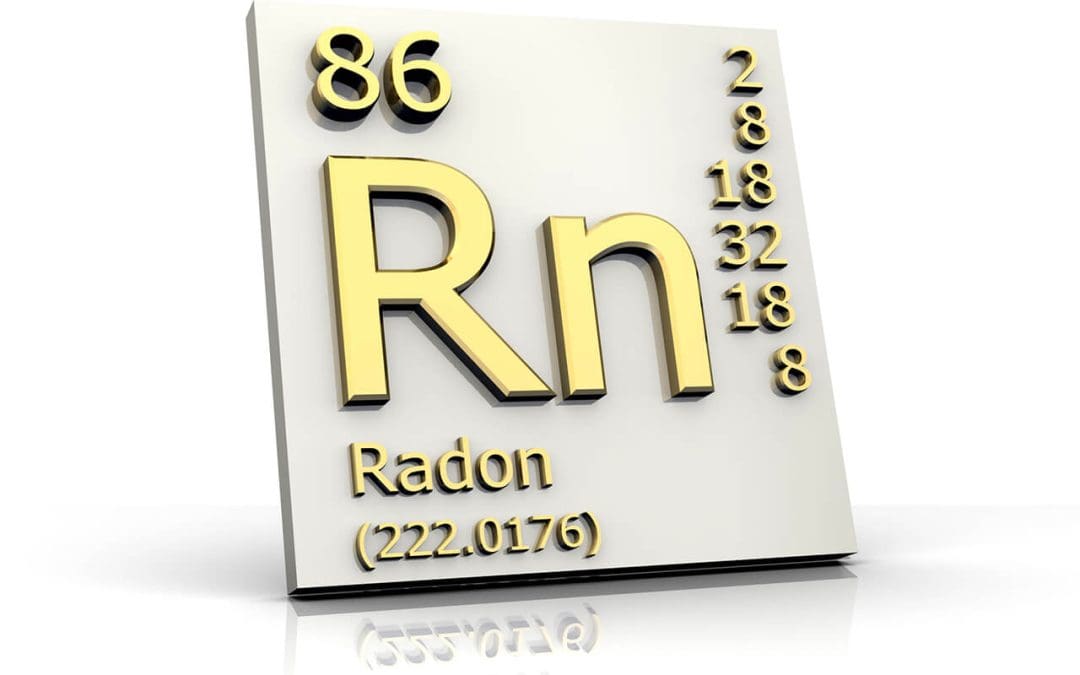Radon is a term you may have heard in passing but might not fully understand. If you’re a homeowner or considering purchasing a home, understanding radon in the home and its implications is crucial. It’s an environmental concern and a serious health issue that requires attention.
Radon is a naturally occurring radioactive gas that forms when uranium in soil, rock, and water breaks down. The gas is odorless, colorless, and tasteless, making it impossible to detect without proper testing. It can enter your home through cracks in the foundation, gaps around pipes, and other openings, where it can accumulate to dangerous levels.
The health risks associated with radon exposure are significant. According to the Environmental Protection Agency (EPA), radon is the second leading cause of lung cancer in the United States, surpassed only by smoking. For nonsmokers, radon is the number one cause of lung cancer. Protecting your home and family from radon exposure starts with awareness and taking proactive steps to manage this invisible threat.
How Does Radon Enter Homes?
Radon is present in varying levels in the soil beneath your home. As the gas is released, it seeks the path of least resistance, often finding its way into homes through cracks in the foundation, construction joints, or the water supply.
Certain factors can influence radon levels, including the type of foundation, ventilation patterns, and the natural uranium levels in the surrounding soil. Even neighboring homes can have drastically different levels, so proximity-based assumptions are unreliable. Testing is the only way to know your home’s radon levels.
Testing for Radon in the Home: What Homeowners Should Expect
Testing for radon is simple and affordable, and it’s the first step in addressing the issue. Home radon testing kits are widely available at hardware stores and online, and many professional home inspectors offer radon testing as part of their services.
Short-term tests typically last between two and seven days, while long-term tests, which provide a more accurate picture of annual exposure, can last 90 days or longer. If a test reveals radon levels at or above four picocuries per liter (pCi/L), the EPA recommends taking corrective action.
Professional testing is highly reliable and can provide peace of mind. If you’re buying or selling a home, scheduling a professional test as part of the inspection process is a wise choice.
Radon Mitigation: Reducing Levels in Your Home
If your home tests positive for high radon levels, don’t panic. Radon mitigation systems reduce indoor levels by as much as 99%. These systems work by venting radon gas from beneath your home to the outside air, preventing it from accumulating indoors.
The most common radon mitigation system involves a vent pipe and a fan, which continuously pull radon from the soil and vent it outside. Other methods may include sealing cracks and openings in your foundation or improving your home’s ventilation.
A certified radon mitigation professional can evaluate your home and recommend the best solution.
Why Regular Testing Matters
Even if you’ve previously tested your home and found radon levels to be low, regular testing is essential. Levels can change over time due to shifts in soil conditions, construction around your home, or changes in your home’s foundation.
For peace of mind, test every two to five years or more frequently if your home has undergone significant changes.
Radon may be invisible, but its risks are real. By testing your home and taking action when needed, you’ll protect your family and enjoy your home with peace of mind.
FAQs About Radon in the Home
How can I tell if my home has radon?
You can’t see, smell, or taste radon, so testing is the only way to detect its presence. Affordable home testing kits or professional testing services are available to check the levels in your home.
How much does radon mitigation cost?
The cost of radon mitigation varies depending on the size and design of your home and the type of mitigation system needed. On average, mitigation systems cost between $800 and $1,500, but the investment is worth the health benefits.
Can radon affect homes with no basements?
Yes, radon can affect homes regardless of their design. Slab-on-grade homes, crawlspaces, and homes without basements can have high radon levels.
Should I test for radon before buying a home?
Absolutely. Radon testing should be part of any home inspection process. Knowing the levels before purchasing will help you plan for mitigation, if necessary, or negotiate with the seller to address the issue.
Crossroads Home Inspections offers inspection services and radon testing to homebuyers and sellers in St. Louis and the surrounding area. Contact us to schedule an appointment.

